Addressing the awkward conversation!
Goodness knows we all face awkward scenarios. Once I had a gentleman pass out in one of my classes. Like faint, hit his head on the door, then the floor kind of falling. We got him medical attention and he ultimately rejoined the group later that day. As he returned to the class, you could see everyone catch their breath as they thought, “I want to say something but don’t know if I should.” So I did it for them.
I said, “Welcome back. Are you feeling better?” He replied, “Yes, thanks.” That was all it took to put the group at ease and to acknowledge an awkward situation. Many of us have awkward situations, and it’s important to have tools for moving forward.
Addressing the awkward conversation becomes important because when we don’t, our minds create stories (mostly untrue) about what the other person is thinking or going through. Our brains swirl around, “What must that other person think of me? I bet they think…” when we don’t know what the other person is really thinking. In my experience, they aren’t thinking about the situation at all.
In elementary school, our daughter came home from school in tears because someone in the office had been short with her. Our daughter was scared and hurt by the staff member’s reaction. We talked through what our daughter could have done differently, and I drove her back up to the school to work through the situation with the staff member, knowing if we didn’t address it right then, she would continue to be scared of that person the rest of her school days there.
It was a hard conversation and awkward, but they both expressed how they felt and apologized for the hurt each caused the other. Our daughter learned adults make mistakes and if we talk about situations that are difficult or awkward, we find mutual solutions and our relationships are better.
What are some best practices for these awkward conversations? One tactic is simply to address the situation and then to move forward normally. I’ve acknowledged the weirdness of the situation and then I’ve moved on, neutralizing any real or perceived perceptions of the other person.
Another tactic is to simply call out the moment of awkwardness. I’ve used humor to diffuse how foolish I have felt by saying, “Okay, that was about as awkward as it gets. Let’s start over.” We all laugh and I get a redo at whatever it was that was so awkward.
A third tactic is to keep the conversation going. Maybe you need processing time. Maybe the other person does. Regardless, we all need to keep the conversation going or misperceptions will take the place of reality. We see this with change management processes. When we don’t have the information we need to keep the dialogue open, we make up the dialogue we think is happening.
However you cope with awkward situations, remember we all face them and it’s best to plow through the awkwardness rather than let false realities set in.
Keynote speaker, trainer, and consultant, Sarah Gibson, helps organizations leverage the power of communication, teamwork and diversity to improve engagement and transform teams. To buy her book or inquire about her speaking programs, please visit www.sarahjgibson.com.



